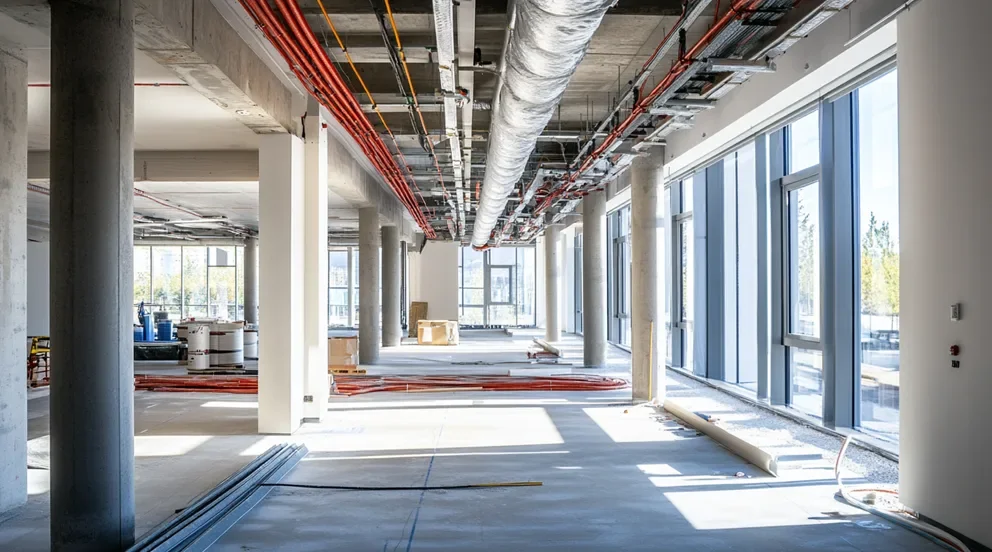Siding estimating software revolutionizes the construction industry by providing precise, efficient, and reliable estimates for siding projects. These tools streamline the process, saving contractors time and minimizing errors.
The software integrates various functionalities, ensuring accuracy in material takeoffs, cost estimations, and project timelines. Its adoption enhances project management, leading to increased productivity and profitability. By automating complex calculations and data management, siding estimating software allows contractors to focus on delivering quality work.
Benefits of Siding Estimating Software
Siding estimating software offers numerous benefits, significantly improving the efficiency and accuracy of siding project estimates. Firstly, it reduces the time required to produce estimates. Traditional methods involve manual calculations, which are time-consuming and prone to errors. In contrast, estimating software automates these processes, delivering results quickly and accurately.
Additionally, the software improves accuracy. Manual estimates can easily lead to mistakes in measurements and cost calculations. Estimating software uses precise algorithms and databases, ensuring that every estimate reflects the true scope of the project. This accuracy helps avoid underestimating or overestimating costs, which can impact the project’s profitability.
The software also enhances productivity. By automating repetitive tasks, it frees up time for contractors to focus on other important aspects of the project, such as client communication and on-site management. This leads to more efficient use of resources and better project outcomes.
Furthermore, siding estimating software integrates with other project management tools. This integration allows for seamless data transfer and comprehensive project tracking. Contractors can easily monitor progress, adjust estimates as needed, and ensure that all project components are aligned.
Key Features of Siding Estimating Software
Siding estimating software comes with a range of features designed to simplify and enhance the estimating process. One of the key features is material takeoff. This functionality allows users to input project dimensions and automatically calculates the required materials. It ensures that estimates are based on accurate measurements, reducing the risk of material shortages or excess.
Another important feature is cost estimation. The software uses up-to-date pricing databases to provide accurate cost estimates. This includes materials, labor, and other associated costs. Having accurate cost estimates helps in budgeting and financial planning, ensuring that projects stay within budget.
The software also offers project management capabilities. Users can create and manage project timelines, assign tasks, and monitor progress. This holistic approach to project management ensures that all aspects of the project are coordinated, leading to timely and successful project completion.
Integration with other tools is another valuable feature. Siding estimating software can sync with accounting software, CRM systems, and other project management tools. This integration facilitates smooth data flow and enhances overall project coordination.
How to Choose the Right Siding Estimating Software
Choosing the right siding estimating software involves considering several factors to ensure it meets your specific needs. Start by evaluating the software’s features. Ensure it offers comprehensive material takeoff, cost estimation, and project management functionalities. These features are crucial for producing accurate and efficient estimates.
Consider the software’s ease of use. A user-friendly interface is essential for quick adoption and efficient use. The software should be intuitive, with clear instructions and easy navigation. This minimizes the learning curve and ensures that all team members can use it effectively.
Integration capabilities are also important. The software should integrate seamlessly with other tools you use, such as accounting and CRM systems. This ensures a smooth workflow and avoids data silos. Check if the software supports the integrations you need.
Additionally, consider the cost. While it’s important to invest in quality software, it should also fit within your budget. Compare different options, considering both upfront costs and ongoing subscription fees. Look for software that offers good value for money, balancing cost with features and support.
Customer support is another key consideration. Reliable support ensures that any issues or questions are promptly addressed, minimizing downtime. Check the support options available, such as phone, email, or live chat, and read reviews to gauge the quality of support provided.
Common Challenges and Solutions in Siding Estimating
Using siding estimating software can present some challenges, but understanding these and knowing how to address them can ensure a smooth experience. One common challenge is the initial setup. Entering data and customizing the software to fit your needs can be time-consuming. To overcome this, take advantage of any training or support offered by the software provider. Many offer tutorials, webinars, or personalized support to help you get started.
Another challenge is maintaining data accuracy. Ensuring that the software’s pricing databases are up-to-date is crucial for accurate estimates. Regularly update these databases with the latest material and labor costs. Some software solutions offer automatic updates, which can save time and ensure accuracy.
Users may also face integration issues. Integrating the software with other tools can sometimes be complex. To address this, choose software known for its integration capabilities and seek support if needed. Clear communication with your software providers about your integration needs can also prevent issues.
Finally, user adoption can be a challenge. Team members may resist using new software. To encourage adoption, involve them in the selection process and provide thorough training. Highlight the benefits of the software, such as time savings and increased accuracy, to gain their buy-in.
Key Takeaways
– Siding estimating software improves efficiency and accuracy in project estimates.
– It offers benefits like reduced estimation time, improved accuracy, and enhanced productivity.
– Key features include material takeoff, cost estimation, project management, and integration with other tools.
– When choosing software, consider features, ease of use, integration capabilities, cost, and customer support.
– Common challenges include initial setup, data accuracy, integration issues, and user adoption. Solutions include training, regular updates, and involving the team in the selection process.
By understanding and utilizing siding estimating software effectively, contractors can streamline their processes, increase accuracy, and enhance overall project management.



